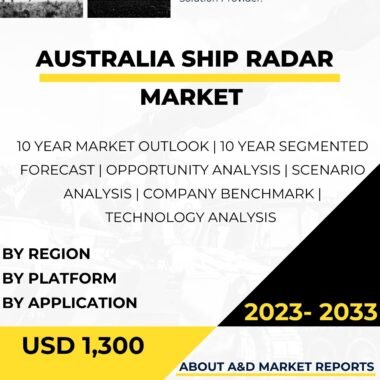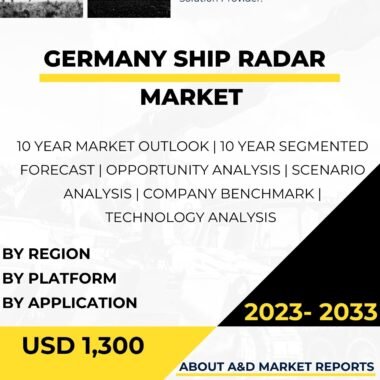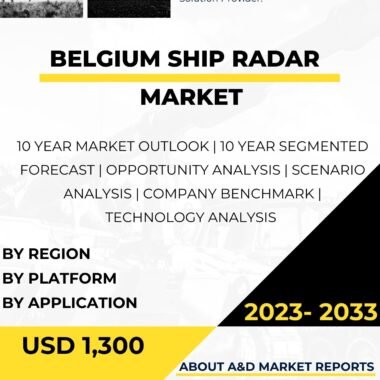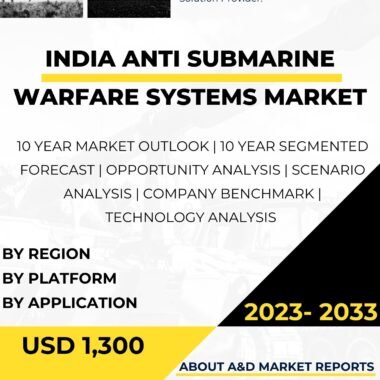Description
Anti-submarine warfare (ASW) systems are critical components of the United States’ naval defense strategy, aimed at detecting, tracking, and countering enemy submarines. These systems play a vital role in protecting naval assets, maintaining sea control, and ensuring the security of maritime trade routes. This article will explore the development, types, capabilities, and significance of U.S. anti-submarine warfare systems in safeguarding the nation’s maritime interests and maintaining naval supremacy.
The development of U.S. anti-submarine warfare systems can be traced back to World War I and World War II when the threat posed by enemy submarines to shipping and naval forces became evident. During these conflicts, submarines, or “U-boats,” were responsible for sinking numerous allied ships, posing a significant challenge to maritime operations.
Following World War II, the United States invested heavily in ASW technology to counter the growing submarine threats from potential adversaries, such as the Soviet Union during the Cold War. Advancements in sonar technology, underwater acoustics, and ASW tactics played a crucial role in improving the U.S. Navy’s ASW capabilities.
Today, the U.S. Navy deploys a comprehensive array of ASW systems, each designed to detect, track, and engage enemy submarines using a combination of sensors, platforms, and weapons.
One of the primary ASW systems used by the U.S. Navy is sonar technology. Sonar, short for “sound navigation and ranging,” is a critical sensor that allows naval forces to detect and track submarines underwater.
Passive sonar systems listen for sounds emitted by submarines, such as propeller noises or machinery vibrations, without actively transmitting signals. These systems are less likely to be detected by enemy submarines, making them valuable tools for covert surveillance.
Active sonar systems, on the other hand, emit sound pulses into the water and analyze the echoes that bounce back from underwater objects, including submarines. Active sonar provides greater detection range but also increases the risk of revealing the presence of the ASW forces to enemy submarines.
The U.S. Navy employs both hull-mounted sonar and towed sonar arrays to extend the detection range and improve ASW capabilities. Hull-mounted sonar is integrated into the hull of surface ships, while towed sonar arrays are deployed from ships, submarines, or aircraft and trailed behind the vessel to minimize interference from the ship’s noise.
In addition to sonar, the U.S. Navy utilizes underwater acoustics to detect and identify submarines. Acoustic intelligence (ACINT) systems analyze underwater sounds, allowing ASW forces to detect and classify submarines based on their unique acoustic signatures.
Another critical component of U.S. ASW systems is the use of maritime patrol aircraft, such as the P-8 Poseidon. These aircraft are equipped with advanced sensors, including sonobuoys and magnetic anomaly detectors (MAD), to detect submarines from the air.
Sonobuoys are expendable sonar systems deployed from aircraft to listen for underwater sounds and relay data back to the aircraft for analysis. MAD systems detect changes in the Earth’s magnetic field caused by the presence of a submarine’s metal hull.
Unmanned underwater vehicles (UUVs) are also employed in U.S. ASW operations. These autonomous vehicles can be equipped with sonar and sensors to conduct underwater surveys, search for enemy submarines, and collect valuable intelligence.
Torpedoes and anti-submarine rockets serve as the primary ASW weapons for engaging and neutralizing enemy submarines. These weapons are designed to seek out and strike submarines underwater, either autonomously or guided by data from ASW sensors.
The U.S. Navy’s ASW systems are integral to the protection of its aircraft carriers, amphibious assault ships, and other high-value assets at sea. Carrier strike groups and amphibious ready groups are typically escorted by ASW-capable surface combatants, such as destroyers and frigates, equipped with advanced ASW systems.
In addition to protecting its own naval assets, the U.S. Navy’s ASW capabilities play a critical role in countering the submarine forces of potential adversaries. The ability to detect and track enemy submarines enhances the U.S. Navy’s maritime dominance and provides a significant deterrent against hostile actions.
The significance of U.S. ASW systems extends beyond defense against enemy submarines. ASW capabilities contribute to safeguarding vital maritime trade routes, ensuring the security of commercial shipping, and protecting underwater communication cables critical for global connectivity.
In addition to its naval operations, the U.S. applies ASW principles to homeland defense and coastal security. Coastal surveillance systems and ASW assets protect U.S. waters from potential threats and ensure the safety of port facilities and maritime infrastructure.
The U.S. defense industry plays a vital role in the development and production of advanced ASW systems. Leading defense contractors, such as Lockheed Martin, Raytheon, Northrop Grumman, and BAE Systems, are involved in the development of sonar technologies, ASW sensors, torpedoes, and ASW platforms.
The development of next-generation ASW systems focuses on integrating artificial intelligence, machine learning, and data fusion to enhance sensor capabilities and reduce the risk of false alarms.
Ensuring the interoperability and networking of ASW assets is a critical consideration in modern ASW operations. Integration with other naval platforms and joint forces enables seamless coordination, enhances situational awareness, and optimizes the allocation of ASW resources.
As technology continues to advance, the U.S. Navy will continue to invest in research and development to stay ahead of evolving submarine threats. Ongoing efforts aim to improve ASW system performance, increase detection ranges, reduce sensor size and power requirements, and enhance the ability to counter advanced submarine technologies.
In conclusion, U.S. anti-submarine warfare systems are critical components of the nation’s naval defense strategy. These advanced systems, including sonar technology, maritime patrol aircraft, unmanned underwater vehicles, and ASW weapons, provide the U.S. Navy with the capability to detect, track, and engage enemy submarines, ensuring the protection of naval assets, maritime trade routes, and coastal security. The continued innovation and development of ASW systems are vital to maintaining the U.S. Navy’s sea control and maritime dominance, deterring potential adversaries, and safeguarding the nation’s maritime interests worldwide.




